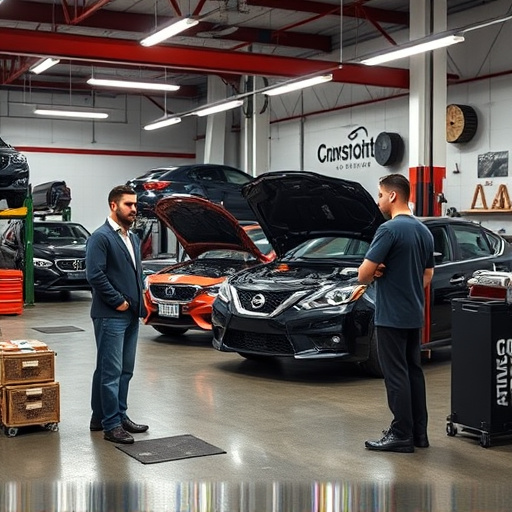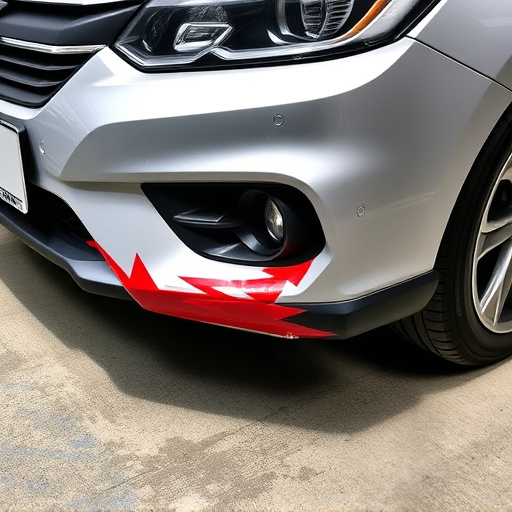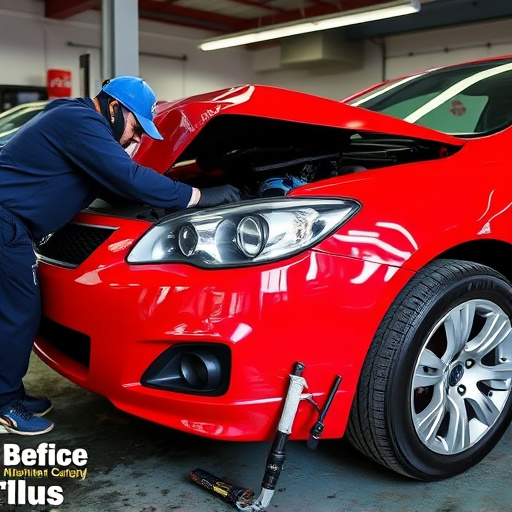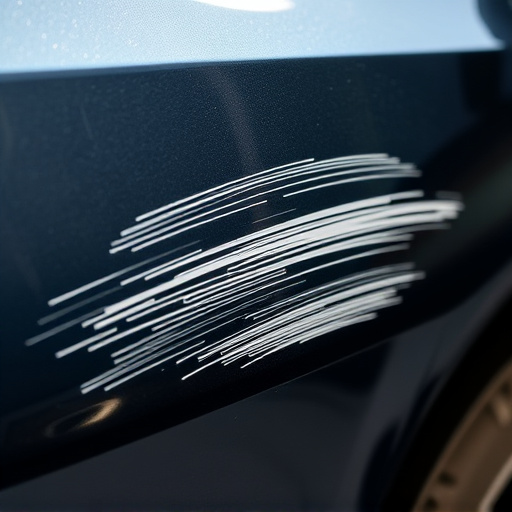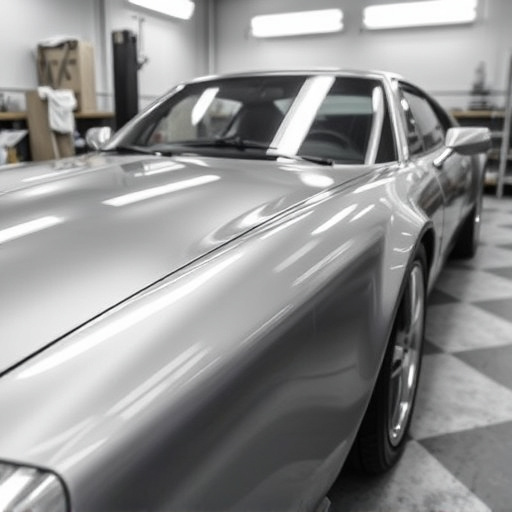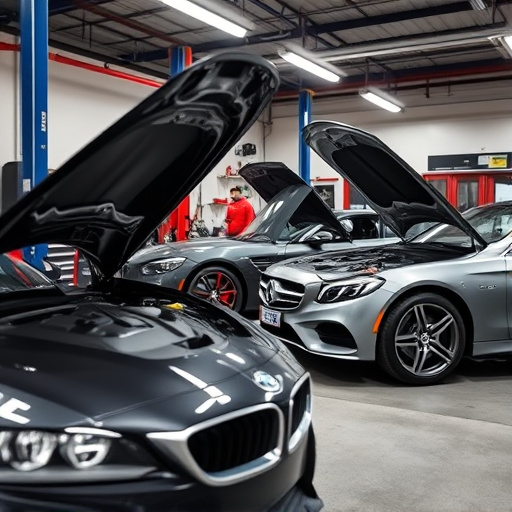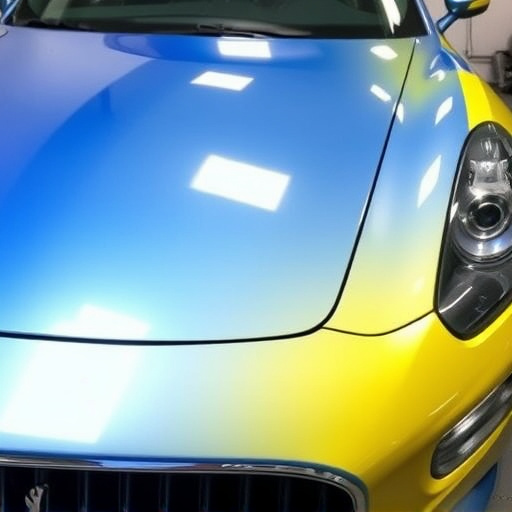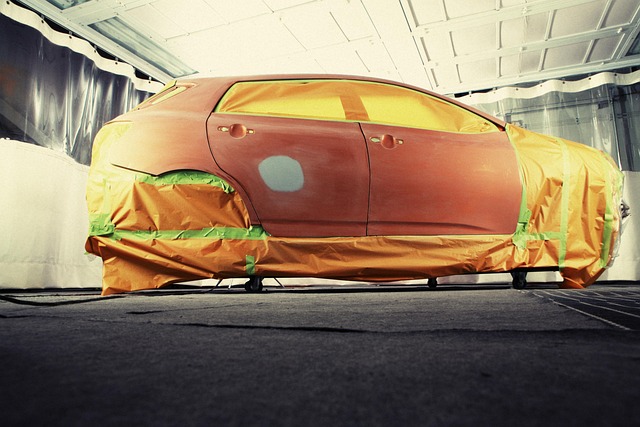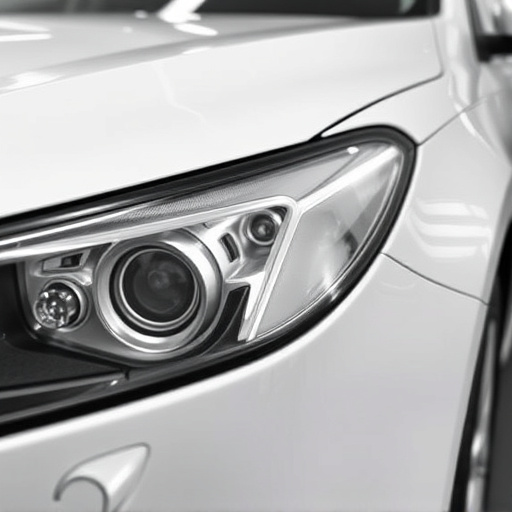The Model S collision center ecosystem is a specialized, sustainable network dedicated to restoring Tesla Model S sedans to pre-collision condition while minimizing environmental impact. These centers incorporate eco-friendly practices like recycling and efficient energy use, adhere to strict environmental standards, and offer advanced technology for complex repairs, including classic car restoration. They face unique challenges due to the intricate design and advanced systems of electric vehicles, demanding specific knowledge and equipment for safe repairs and responsible waste management.
In the ever-evolving landscape of automotive maintenance, Environmental Considerations in Model S Collision Center Operations stand out as a critical aspect of sustainable transportation. Tesla’s collision center network presents unique challenges and opportunities compared to conventional vehicle repairs. This article delves into the intricate workings of these centers, exploring green practices such as sustainable materials, energy efficiency, and water conservation. Furthermore, it discusses future-proofing strategies like recycling advancements, autonomous repair technology, and circular economy integration, positioning Model S collision centers as leaders in environmental innovation within the automotive sector.
- Understanding the Model S Collision Center Ecosystem
- – Overview of Tesla's collision center network
- – Unique challenges and environmental impact of Model S repairs compared to conventional vehicles
Understanding the Model S Collision Center Ecosystem
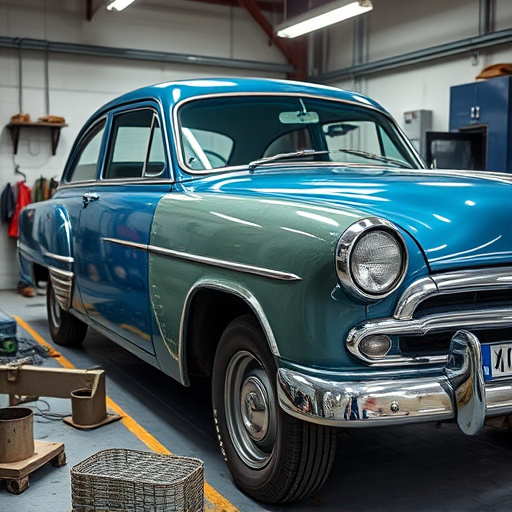
The Model S collision center ecosystem is a complex web where environmental stewardship and automotive excellence intertwine. These facilities, designed to handle fender repair and collision damage for Tesla’s flagship Model S sedan, are not just about fixing cars; they’re about minimizing the ecological footprint while maximizing efficiency. The average collision center deals with a variety of materials, from metal panels and plastics to complex electronic components, each requiring specific handling and disposal methods.
Understanding this unique ecosystem involves recognizing that an automotive body shop goes beyond simple fender repair. It encompasses sustainable practices such as recycling materials, efficient energy use, and the adoption of eco-friendly technologies. By integrating these principles, Model S collision centers not only contribute to a greener environment but also set a new standard for the industry. This approach ensures that while restoring vehicles to their pre-collision condition, they do so in harmony with the planet.
– Overview of Tesla's collision center network
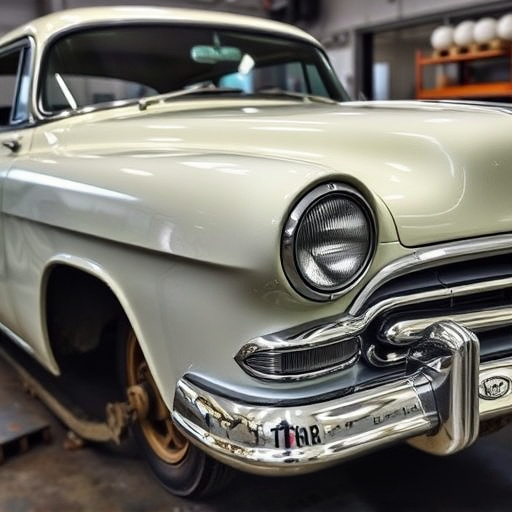
Tesla has established a global network of collision centers dedicated to providing top-notch repairs and restorations for their iconic Model S vehicles. These centers are designed to handle a wide range of car damage repair, from minor bumps and scratches to more severe accidents, ensuring that each Model S leaves the facility in pristine condition. The collision center network is a testament to Tesla’s commitment to sustainability and quality service.
With state-of-the-art facilities equipped with advanced technology, these centers offer specialized services including classic car restoration for Model S owners who appreciate the meticulous craftsmanship required to return their vehicles to their original glory. Each center adheres to strict environmental considerations, employing eco-friendly practices in all aspects of collision center operations, from material handling and waste reduction to energy efficiency and water conservation.
– Unique challenges and environmental impact of Model S repairs compared to conventional vehicles
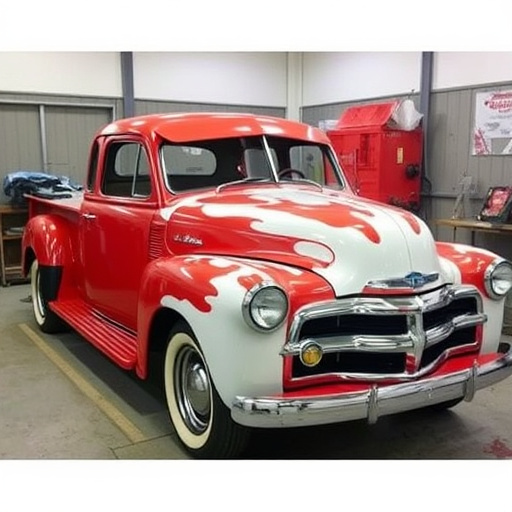
Model S collision centers face unique challenges compared to conventional vehicle repair shops due to the specialized nature of Tesla’s electric vehicles (EVs). The intricate design and complex systems of the Model S, including its battery packs and advanced electronics, require specific knowledge and equipment for safe and effective repairs. This poses a learning curve for technicians who are more accustomed to traditional internal combustion engine vehicles. Specialized training is often necessary to understand the unique damage patterns and safety considerations associated with EV repairs, such as managing high-voltage systems and ensuring proper disposal of electronic components.
Moreover, the environmental impact of Model S repairs differs significantly from conventional car body repair. EV repairs generate distinct waste streams, including potentially hazardous materials from battery packs and rare earth elements used in electric motors. Responsible management and recycling of these materials are crucial to minimize ecological damage. In contrast, conventional vehicles produce more readily identifiable waste like metal scraps and used fluids that can be more easily recycled or disposed of according to established environmental regulations. Auto painting processes for Model S also demand careful consideration due to the need for specialized, eco-friendly paints that meet Tesla’s strict quality and environmental standards.
Tesla’s Model S collision centers present a unique opportunity to revolutionize automotive repair, offering eco-friendly solutions with their specialized ecosystem. By understanding the specific challenges and environmental considerations of Model S repairs, these centers can ensure sustainable practices that minimize the ecological footprint associated with conventional vehicle collisions. This focus on sustainability not only benefits the environment but also sets Tesla apart as a leader in responsible manufacturing and repair processes for electric vehicles.
